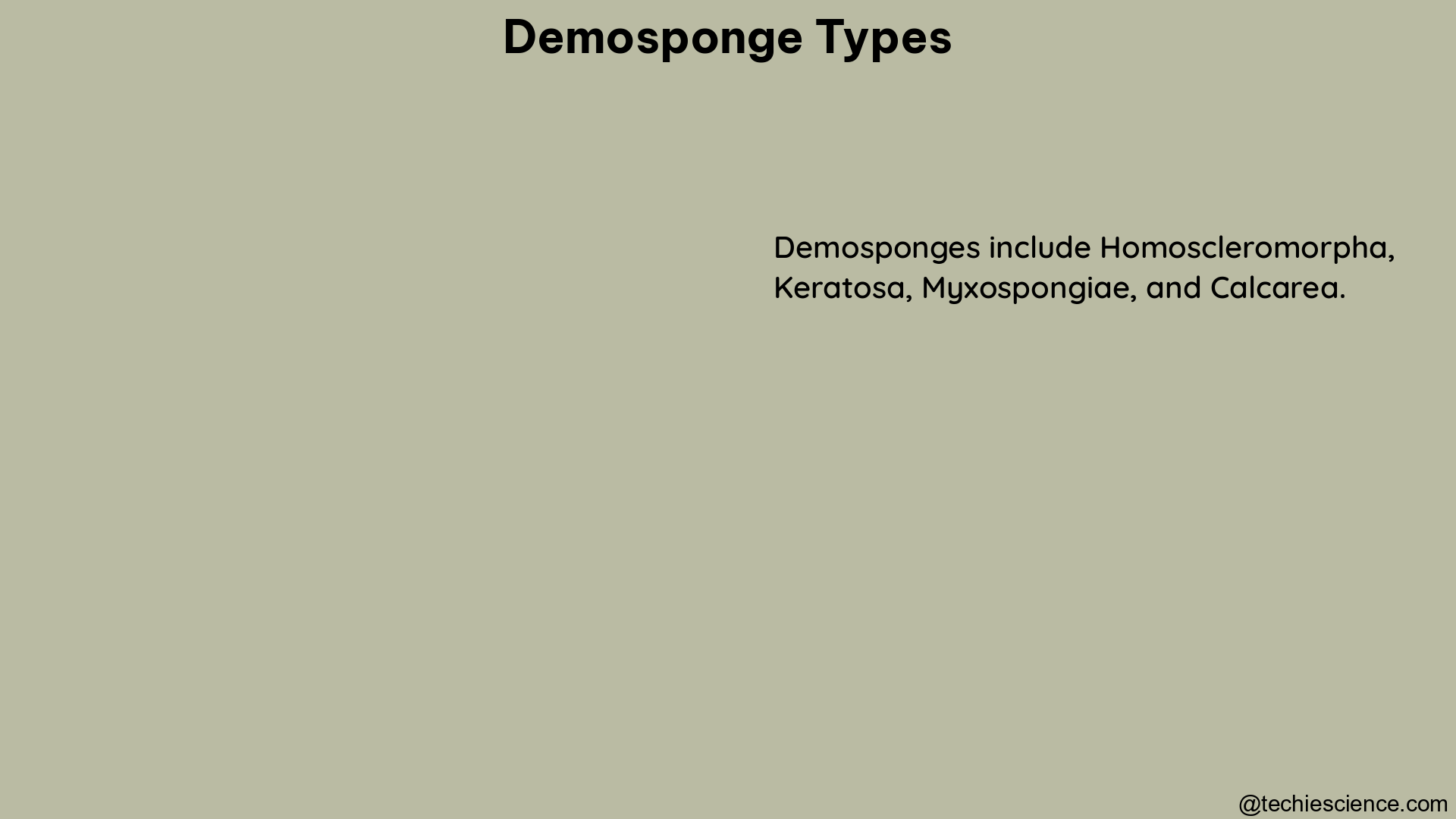Demospongiae, the largest class of sponges, encompasses an astounding diversity of approximately 4,750 species across 10 orders. These remarkable marine organisms thrive in a wide range of environments, from the intertidal zones to the abyssal depths, with some even inhabiting freshwater habitats. Demosponges come in a variety of shapes and sizes, ranging from delicate, thin encrustations to towering, urn-shaped giants over 2 meters in size. Their intricate internal structures, known as the mesohyl, can contain an array of spicules, collagenous fibers, or a combination of both.
Demosponge Growth Rates: A Spectrum of Variation
The growth rates of demosponges and their hexactinellid counterparts exhibit a remarkable diversity. For instance, the species Aaptos lobata has been observed to grow at a rate of 0.019 mm per day, while Tethytimea tylota exhibits a slightly slower growth of 0.013 mm per day. These variations can be attributed to factors such as the study location and the specific morphological characteristics of each species.
Depth Ranges and Eurybathy in Demosponges

Demosponges have been found to thrive across a wide range of depths in the Southern Ocean. Remarkably, 18% of the species have been recorded at depths greater than 1,000 meters, and 19% have been observed at depths exceeding 500 meters. This remarkable adaptability, known as eurybathy, highlights the ability of demosponges to colonize a diverse array of marine environments.
Uneven Distribution and Undersampled Regions
The distribution of sponge sampling in the Southern Hemisphere is often uneven and patchy, with significant gaps in our knowledge. Certain regions, such as the Amundsen Sea, parts of East Antarctica, and the deep-sea areas, remain largely underexplored for sponges. This paucity of data highlights the need for further research to fully understand the true diversity and distribution of demosponges in these understudied areas.
Reproduction: Sexual and Asexual Strategies
Demospongiae species employ both sexual and asexual reproduction strategies. In sexual reproduction, spermatocytes develop from the transformation of choanocytes, while oocytes arise from archeocytes. The zygote undergoes repeated cleavage within the mesohyl, forming a parenchymula larva with a mass of larger internal cells surrounded by smaller, externally flagellated cells. This swimming larva then enters a canal of the central cavity and is expelled with the exhalant current. Asexual reproduction in demosponges can occur through budding or the formation of gemmules.
Sponge Ecology and Feeding Mechanisms
Demosponges are sessile, benthic organisms, but their larvae possess flagella and are capable of free-swimming. As filter feeders, sponges subsist on a diet of bacteria and other small organisms. Water bearing these food particles enters through the outer pores, and the choanocytes within the sponge’s body capture and consume the majority of the available nutrients. Pinocytes and amoebocytes also contribute to the digestion of food particles, which can be directly absorbed by the cells of the mesohyl.
The Economically Important Bath Sponges
Among the diverse array of demosponges, the bath sponges are of particular economic importance to humans. These sponges are harvested by divers and can also be grown commercially. The spongin fibers within the bath sponges give them their characteristic softness and absorbency, making them a valuable commodity in various industries.
In conclusion, the Demospongiae class of sponges showcases an extraordinary level of diversity, with species adapted to thrive in a wide range of marine environments. From their varied growth rates and depth ranges to their intricate reproductive strategies and feeding mechanisms, demosponges continue to captivate researchers and provide valuable insights into the resilience and adaptability of these remarkable organisms.
References:
- Demosponge Growth Rates and Depth Ranges in the Southern Ocean
- Demospongiae Species Diversity and Characteristics
- Comparative Growth Rates of Demosponges and Hexactinellids

Hello, I am Bhairavi Rathod, I have completed my Master’s in Biotechnology and qualified ICAR NET 2021 in Agricultural Biotechnology. My area of specialization is Integrated Biotechnology. I have the experience to teach and write very complex things in a simple way for learners.